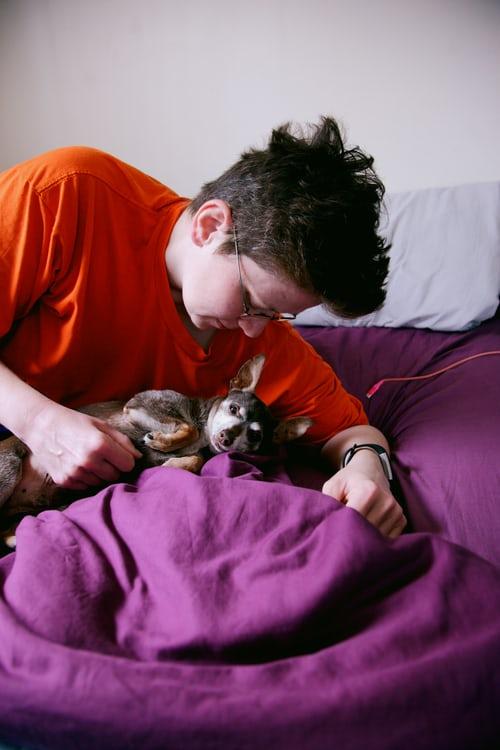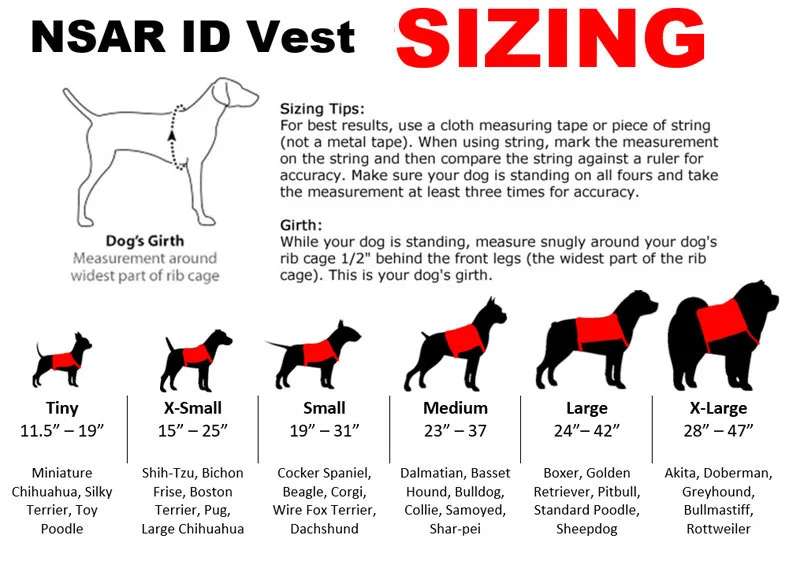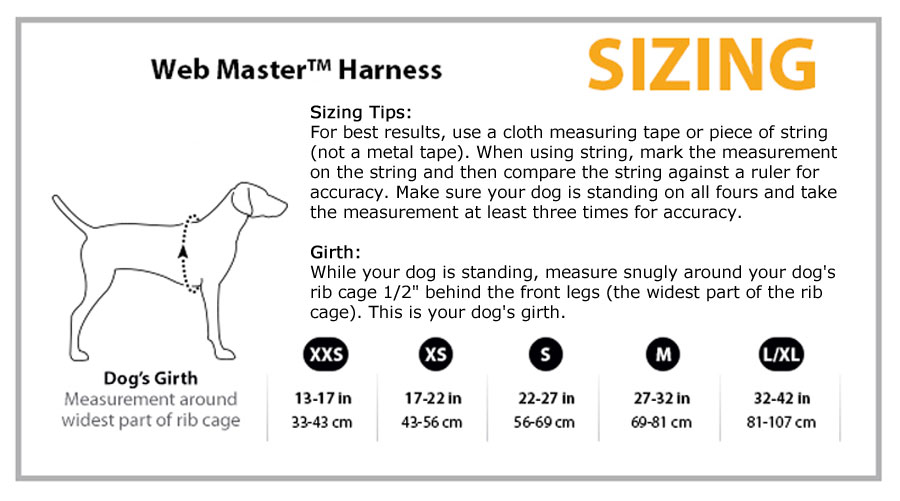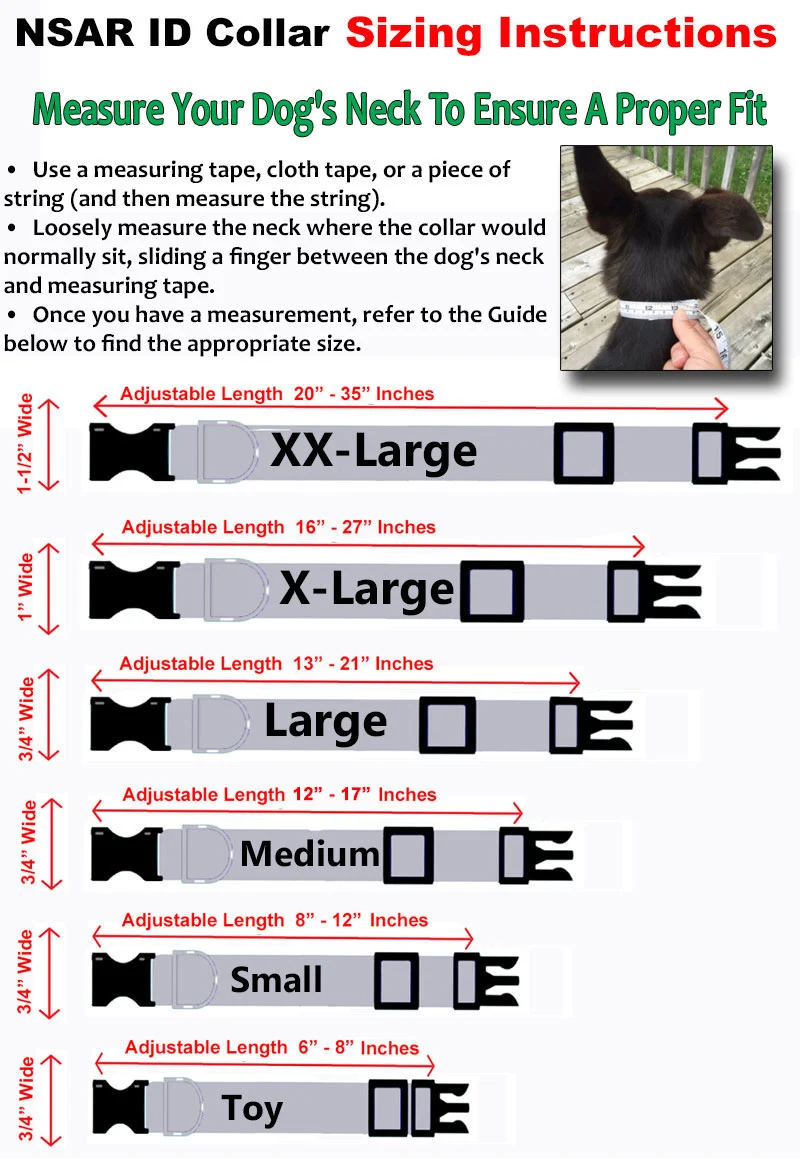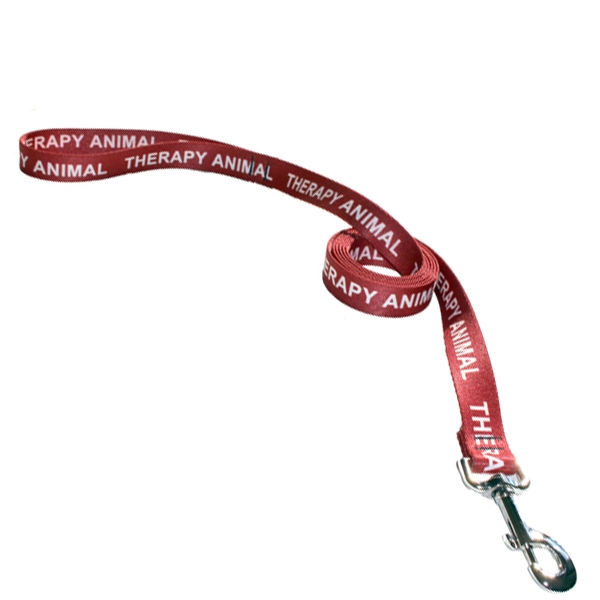
Many of us enjoy sharing food with our dogs, even when they are a service dog. They are so easy to feed, always available with an appetite and an interest in whatever foods you’re preparing or eating. It can be easy to assume that if your dog wants to eat something, it can’t be so bad, right? It’s not uncommon, then, to toss your service dog an apple slice or a bit of banana. But are fruits really so good for our wagging tailed friends?
As usual, the answer is a bit more nuanced than a simple Yes or No. In general, most fruits are ok for dogs to eat in small and once-in-a-while portions. In this article we’ll look into what role (if any) fruits play in a service dog’s diet, how to safely feed your pup fruits (in a way that will cause the least collateral damage), and which fruits are actually toxic to a dog’s health. We’ll also look at some specific fruits and find out what their nutrient offerings are, so you may intelligently decide what to put in your service dog’s diet.
Are Fruits Necessary for My Service Dog’s Diet?
Fruits are not necessary for canine health. Fruits are essentially nature’s candy, filled with delicious, oh-so-sweet sugar (in the form of fructose). However, your service dog does not need much sugar. In fact, they get all the sugar they need to survive from carbohydrates (which break down into sugars). Too much sugar in your service dog’s diet is detrimental to his health.
On the other hand, when we look at a dog’s diet in the wild, we see that they do actually eat some fruit. The key here is that they eat a little. Suckers for strong smells, scavenging dogs are especially attracted to rotting fruits and vegetables that have begun to ferment. Additionally, they will eat berries directly off of a bush.
So, are fruits necessary for your service dog’s diet? No. But they do eat a small amount of fruits in the wild and they are can receive some benefit from eating fruits, on a limited basis.
Let’s look at some of the benefits below:
What is the Benefit of Feeding My Service Dog Fruit?
It’s important not to confuse what makes a healthy human diet with what makes a healthy dog diet. We are very different species with different nutritional needs. While humans can do well to include fruit in their diets on a regular basis, it’s not the same for canines.
So, what good, if any, does fruit provide to dogs? Well, fruit offers dogs all the same benefits it offers to humans: vitamins, minerals, hydration, fiber and antioxidants. Really, your service dog should be getting all their nutrients from their high protein dog food, but their bodies certainly can and do process fruits to receive this nutrition as well.
Perhaps the greatest benefit of fruit for dogs is the high antioxidants content. Antioxidants fight free radicals, preventing and preparing oxidative stress, which ultimately protects against cancer and other ailments.
So, will your service dog benefit from fruit? Well, they can. However, they will receive the most benefit if their fruit intake is kept to a minimum. Let’s look at why this is the case.
What are the Negative Side of Fruits?
Fruits are often hailed among humans as being uber healthy, since they are so full of good nutrients and provide us with quick energy when our blood sugar levels drop between meals. However, fruit also has a darker side, particularly for dogs.
As mentioned above, fruit is essentially nature’s candy. In other words, it is packed full of sugar, which can be hard on your service dog’s system. Additionally, the high fiber content, something that is great for humans, can actually be too much for dogs. Let’s take a look at these dangers in more detail.
Sugar-Why is sugar bad for dogs? A multitude of reasons actually: tooth decay, inflammation, poor gut health, weight gain & diabetes, for starters. Let’s break these down:
We all know that sugar is infamous for being bad for our teeth. Basically, tooth decay happens when bacteria that naturally live in the mouth turn sugars into acids. This leads to demineralization in the tooth enamel, which in turn leads to dental decay (ie. Cavities) and dental disease.
Too much sugar also causes inflammation, which means it can both cause and exacerbate arthritis, allergies or even some cancers. When inflammation (a natural body process used as a defensive mechanism against infection) is triggered by chronic intake of sugar, it can become a real problem for your service dog. Some symptoms of chronic inflammation include allergies, fatigue, joint pain, abdominal pain, swelling, mouth sores and rashes.
As if dental health and inflammation weren’t bad enough, sugar can completely screw up the balance of micro organisms in the gut, leading to a thriving atmosphere of the “bad” gut bacteria at the detriment of the “good” bacteria. This can lead to diarrhea, yeast infections and a perfect playground for parasites to thrive. While all of this information is true of humans, it is possibly even more so for your service dog, if only because they need so much less sugar than humans, meaning their bodies will more quickly be thrown out of balance.
Sugar can lead to obesity, which is a growing concern among veterinarians who are seeing more and more overweight dogs. Obesity is dangerous for your canine because it can cause or exacerbate other conditions such as arthritis, heart and respiratory problems. And of course, obesity, can lead to diabetes.
Diabetes type 2 can be caused by excessive sugar in the diet. Insulin is what monitors sugar levels in the blood and helps the body translate sugar into energy. When there’s a ton of sugar, there is a ton of insulin being produced. This can actually lead to cells becoming nonresponsive to the insulin and the pancreatic cells (which produce insulin) become exhausted.
Ultimately, what all this means is, your service dog’s body may wind up having too much blood sugar content, which leads to all kinds of complications, such as organ damage, nerve damage, arterial disease and depression (to name a few).
So keep your service dog healthy by keeping his pancreas happy. Don’t overdo the sugars, so the pancreas doesn’t have to overwork and get worn out!
Fiber-The other complication that can be found from feeding your dog too much fruit, has to do not with the sugar, but with the high fiber content.
While humans need a lot of fiber in our diets, due to our long guts and high-in-vegetation diets, dogs need much less. While dogs need only small amounts of fiber in their diets, they do need it.
In the wild, a dog would get a good amount of fiber from their prey animals: the bones, fur, cartilage and tendons are all fiber. Studies have shown that animal-based fiber is the healthiest source of fiber for dogs, cats and other predator animals, causing less toxic buildup in their bodies.
Of course, we generally think of fiber as being plant sourced, and in a domestic dog’s diet, it typically is. In the wild, a dog will eat the stomach contents of their prey, which means they will get plant-based fiber from whatever their prey is eating (i.e. grasses, barks, berries and other vegetation).
However, many domestic dogs actually get too much fiber, which results in lack of nutrient absorption and frequent bowel movements. Talk to your vet about your dog food options to make sure your service dog food is high in protein and doesn’t contain a ton of filler (such as unnecessary fiber!).
When feeding your service dog fruits, consider that the high fiber content means they really don’t need very much.
How to Share Fruits with Your Furry Friend
So now that you understand the positive and negative consequences of sharing fruits with your dog, you may be thinking, “the negatives clearly outweigh the positives,” but you still want to toss your dog an orange slice or banana piece. Well, good news-the point of this article is not to make you freak out that every time you’ve shared fruit with your service dog you’ve been doing damage.
Sharing fruits with your service dog (with the exception of grapes, and some other toxic plant parts which we’ll discuss below) is fine, as long as you are keeping it to a minimum. Just don’t feed them a whole fruit salad for dinner. A bite here and there as a treat is fine, fun, and even nutritional.
There are, however, a few rules of thumb on how to feed your dog fruit in the most conscientious way, insuring he gets the most nutritional value while avoiding potentially damaging consequences.
First and foremost, as with any new food you are introducing to your service dog’s diet, you want to introduce fruit slowly. Sensitive dog stomachs can respond harshly to foods they aren’t familiar with, causing diarrhea or even vomiting. Additionally, by starting small, you can watch out for potential allergies.
Allergies happen when any dog meets with a particular protein he can’t handle, resulting in anything from itchy skin to organ failure. By starting out slowly, you can observe your service dog’s response and not overfeed him something that will have major consequences.
When feeding your service dog fruits, keep it fresh! In other words, avoid dried and canned fruits. Dried fruits concentrate sugars, which, as we discussed, can lead to major complications with your dog’s health over time. Canned fruit also tends to be extra sweet, often swimming in a syrup of added sugar and preservatives that are definitely unhelpful to your sweet service dog’s health. Stick to fresh fruit!
It is also best to use organic fruit when possible, to avoid damaging pesticides and fertilizers. If not possible, at least be sure to rinse the fruit well, to get as many pesticides and chemical fertilizers removed as possible.
It is also always a good idea to be aware of potential choking hazards. Cut fruit into small bites and remove any big seeds. Dogs tend to gulp their food, rather than chew, leading to complications.
Along this line of thought, it’s also a good idea to remove any peels. While our instinct may be to let our service dog chew on a banana or orange, complete with peel, since it resembles a chew toy and provides entertainment to the dog, in reality, the rough fiber of peels is too much for a dog’s digestive system.
This dense fiber is really challenging for a dog’s stomach to digest. In addition, if they don’t chew it well (and dogs are notorious for not chewing their food!), it can cause plugging of the intestine, which can be deadly. While they will usually just pass the peel, it is really best to avoid the potentially fatal consequences.
If you know your service dog has eaten a peel and is now puking, treat it as an emergency-a dog will puke if their digestive tract is plugged up.
Toxic Fruits! AVOID
Cyanide and Cherries: Often listed as toxic to dogs, the fruit of a cherry is actually just fine for your service dog to consume. However, the seed contains cyanide and is considered poisonous.
In fact, cyanide is found in cherry pits, apple seeds, apricot pits, peach pits, plumb pits and in most stone fruit pits in general. Cyanide is a poison that works by blocking the flow of oxygen between cells, resulting in cell suffocation. Symptoms of cyanide poisoning in your service dog can include dilated pupils, difficulty breathing, bright red gums, shock and even death.
While cyanide poisoning is no joke, it would also require a fair amount of ingested seeds to lead to an emergency situation. Obviously, it is best to avoid eating these seeds altogether, but do not panic if your service dog eats one or two-likely he will be fine. Monitor him and call the vet if you notice any symptoms.
With all the fruits mentioned above, it is important to cut the fruit away from the seed when feeding it to your service dog. This is not the time for letting a peach pit be a chew toy.
Grapes: Grapes (including raisins, grape juice, currents and trail mix that contains raisins!) are the only fruit that are truly toxic to dogs. Seemingly an easy snack to toss your pup’s way, they can actually lead to fatality.
While it is still not understood what this canine-harming toxin in grapes is, the effects of it are real enough. Grapes and raisins can lead to sudden kidney failure. Some dogs are effected, and some are not, though there is no understood pattern among those effected (it has caused kidney failure across breeds, sexes and ages).
Additionally, grape poisoning in canines does not appear to be dose dependent. This means, unlike with the cyanide found in fruit pits, only a couple grapes could cause serious damage to your service dog.
Symptoms of acute kidney failure include a lack of production of urine, halitosis, lethargy, stomach cramps, weakness, loss of appetite, diarrhea & puking (often within a few hours of eating the grapes), tremors, seizures, and death.
If you suspect your service dog has eaten grapes, monitor her closely. If ingestion happened within the last 2 hours, you can induce vomiting by pouring hydrogen peroxide down her throat. Call your vet immediately for guidance.
Canine Friendly Fruits:
Apples: Apples contain vitamins A and C and are low in fat and protein, making them a good snack for your service dog.
Bananas: Bananas are super high in potassium and also contain biotin, copper and other vitamins. However, they are also super high in sugar, so keep pooch’s snacking to a minimum.
Blue Berries: Blueberries are a superfood and make an excellent dog snack. They are high in antioxidants, great for the eyes and are akin to berry snacks dogs would eat in the wild.
Melon (cantaloupe and watermelon): High in water and nutrients, melons are fine as a snack for your service dog, but their high sugar content means they should be kept to a minimum.
Cranberries: Cranberries are great, especially fresh-they are more sour than sweet.
Mango: Mangos are a fine snack to share with your service dog, just be sure to remove the peel and pit. They contain vitamins A, B6, C and E.
Oranges: Oranges are a good snack, so long as you remove the peel which includes too much roughage for a dogs digestive system. Oranges are high in vitamin C and potassium.
Peaches: Peaches are high in vitamin A and a great snack, as long as you remember to avoid giving your service dog the pit. In other words, don’t just hand your dog a whole peach to munch on, tempting as that is!
Pear: Pears are excellent fruits to share with your service dog, being high in copper and vitamins C and K. Again, be sure to avoid the seeds.
Pineapple: Pineapple is great because it actually contains an enzyme called bromelain which helps with absorption of protein-excellent for a meat-eating dog!
Raspberries: While raspberries are great for their anti-inflammatory effects, and are low in sugar, they DO contain some xylitol, which is bad for your service dog. Just be sure not to feed your dog more than a cup at a time.
Strawberries: Strawberries contain an enzyme that actually works to whiten your dog’s teeth! However, they are also high in sugar, so be sure you aren’t so excited about white teeth that you’re actually causing cavities for poor Fido.
Tomatoes: Tomato fruit is great, but be sure your service dog doesn’t get a hold of the green part of the plant which contains a toxin called solanide. Only toxic in large amounts, watch out if your dog is eating your tomato plants in the garden!
Conclusion
Sharing fruit with your service dog can be fun and even nutritional for them. Just be sure to keep their fruit intake to a minimum and AVOID GRAPES! If you stick to that mantra, you and your furry pooch will likely have many happy days sharing the fruit basket.












